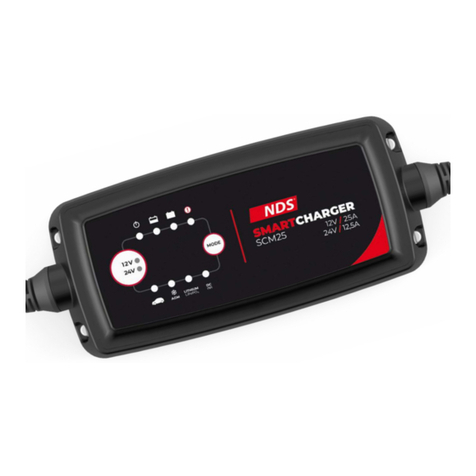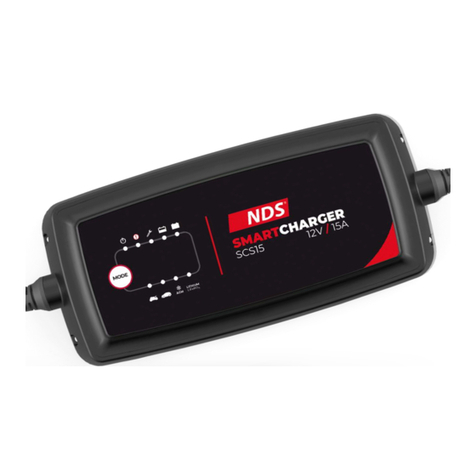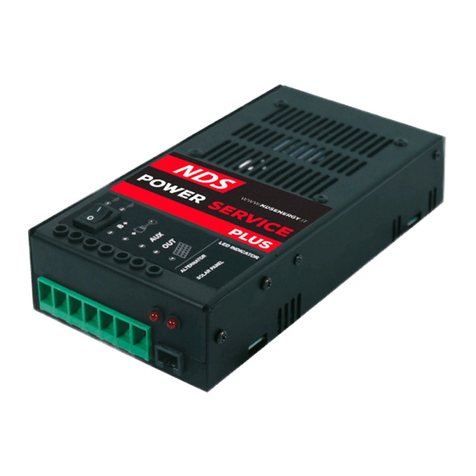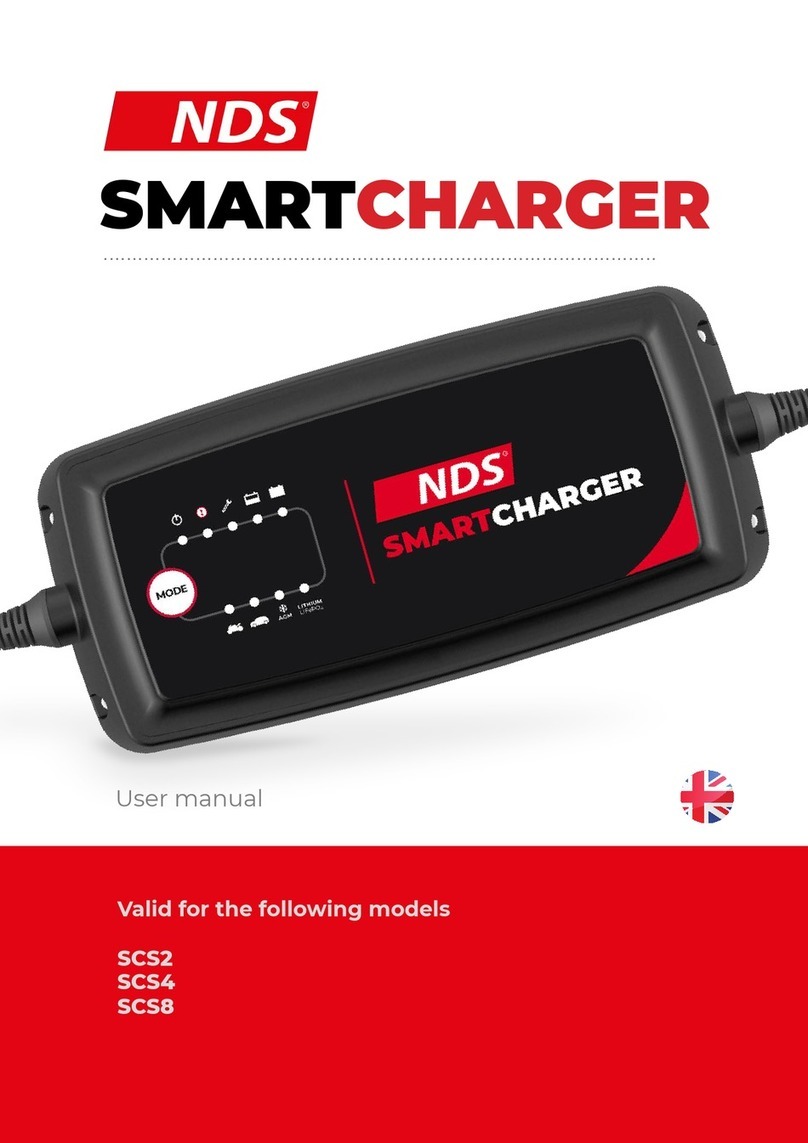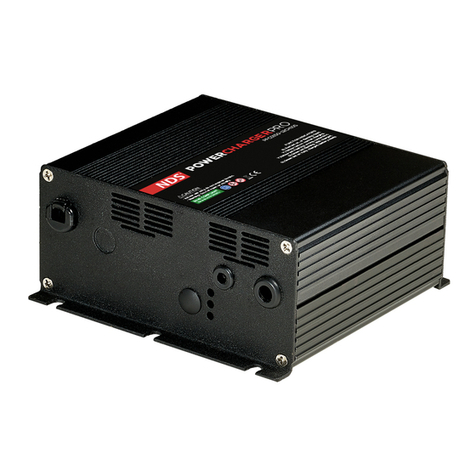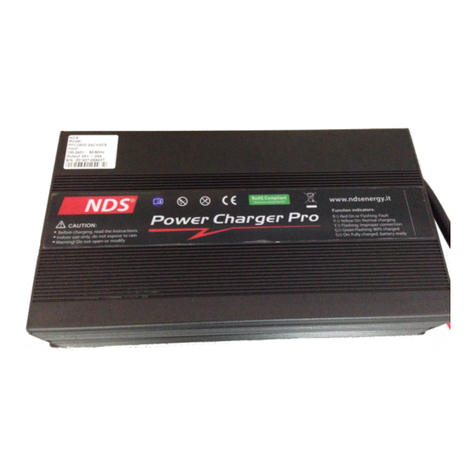
EN
English
1Important notes..............................................................................................................................6
2Explanation of symbols....................................................................................................................6
3General safety instructions............................................................................................................... 7
4Scope of delivery.......................................................................................................................... 10
5Intended use................................................................................................................................ 10
6Target Group.................................................................................................................................11
7Technical description......................................................................................................................11
8Installation....................................................................................................................................14
9Configuration............................................................................................................................... 17
10 Operation.................................................................................................................................... 21
11 Cleaning...................................................................................................................................... 21
12 Troubleshooting............................................................................................................................21
13 Disposal...................................................................................................................................... 22
14 Warranty......................................................................................................................................22
15 Technical data.............................................................................................................................. 22
1 Important notes
Please read these instructions carefully and follow all instructions, guidelines, and warnings included in this product manual in order to ensure that you install, use, and maintain
the product properly at all times. These instructions MUST stay with this product.
By using the product, you hereby confirm that you have read all instructions, guidelines, and warnings carefully and that you understand and agree to abide by the terms and
conditions as set forth herein. You agree to use this product only for the intended purpose and application and in accordance with the instructions, guidelines, and warnings as
set forth in this product manual as well as in accordance with all applicable laws and regulations. A failure to read and follow the instructions and warnings set forth herein may
result in an injury to yourself and others, damage to your product or damage to other property in the vicinity. This product manual, including the instructions, guidelines, and
warnings, and related documentation, may be subject to changes and updates. For up-to-date product information, please visit documents.dometic.com.
2 Explanation of symbols
DANGER!
Indicates a hazardous situation that, if not avoided, will result in death or serious injury.
WARNING!
Indicates a hazardous situation that, if not avoided, will result in death or serious injury.
CAUTION!
Indicates a hazardous situation that, if not avoided, could result in minor or moderate injury.
NOTICE!
Indicates a hazardous situation that, if not avoided, could result in minor or moderate injury.
6
